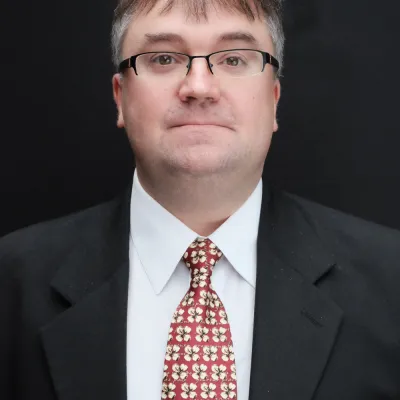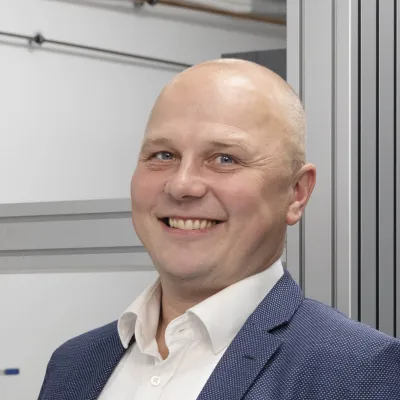Finnish expertise in ESA's nanosatellite
Reaktor Space Lab and VTT Technical Research Centre of Finland are participating in an ESA project, which involves investigating a new frequency band for next-generation telecommunication satellites. A nanosatellite to be constructed as part of the project will feature a Finnish platform and radio transmitter. As the number of satellites and the speed required for data communications increase, transition to higher frequencies will become a necessity in the near future.
Funded by the European Space Agency (ESA) as part of its ARTES programme, this activity will demonstrate the use of the 75-GHz frequency band for future telecommunications satellites. The test flight will be carried out using a cost-effective CubeSat satellite. The Finnish-made satellite weighs less than 5 kg, and its launch into space is scheduled to take place during 2019.
The satellite's mission is to send, for the first time in history, such a high-frequency signal from space to Earth. The transmission of the signal through the atmospheric layers must be substantiated before telecommunications satellites that utilize the new frequency band can be designed with the desired features.
Finnish expertise in ESA's key projects
The satellite to be built for the project is based on Reaktor Space Lab's "Hello World" satellite platform, which will be launched on its first mission this summer.
"Being selected by ESA to take part in this innovative project reflects the importance of the nanosatellite technology recently developed in Finland," commented Reaktor Space Lab's CEO Tuomas Tikka.
The satellite, named W-Cube, will feature an integrated dual-frequency beacon transmitter developed by VTT. The signal it broadcasts will be observed at the prime contractor JOANNEUM RESEARCH's measurement station in Graz, Austria.
"VTT has led the way in the millimetre-wave satellite hardware development and in terrestrial 5G telecommunications radios. The W-Cube nanosatellite provides a unique opportunity to combine our world class expertise in these two application areas," says Tauno Vähä-Heikkilä, Vice President at VTT.
Telecommunication networks moving rapidly into space
In recent years, dozens of projects have been launched for new telecommunications satellites and constellation consisting of hundreds, if not thousands of satellites. These include OneWeb and SpaceX's Starlink. Satellites enable the provision of high-speed communications for sparsely populated areas, aircraft and ships.
As the number of satellites and telecommunications speeds increase, the spectrum of electromagnetic radiation becomes congested, and the transition to higher frequencies will become a necessity in the near future. The next generation of 5G communication networks will also use increasingly high frequencies, largely for the same reason.
Other participants to the ESA project are Fraunhofer IAF, LC Technologies, University of Stuttgart and Université catholique de Louvain.
Reaktor Space Lab Ltd launched operations in 2016 together with Reaktor Innovations, a hybrid services provider. The company focuses on the development of nanosatellites for state-of-the-art technology demonstration and for satellite-based service provision for terrestrial companies.
VTT Technical Research Centre of Finland Ltd is one of the leading research and technology organisations in Europe. Millimetre-wave satellite development at VTT is conducted at MilliLab, an external laboratory of the European Space Agency.





